Life in the treetops: Understanding the forest canopy
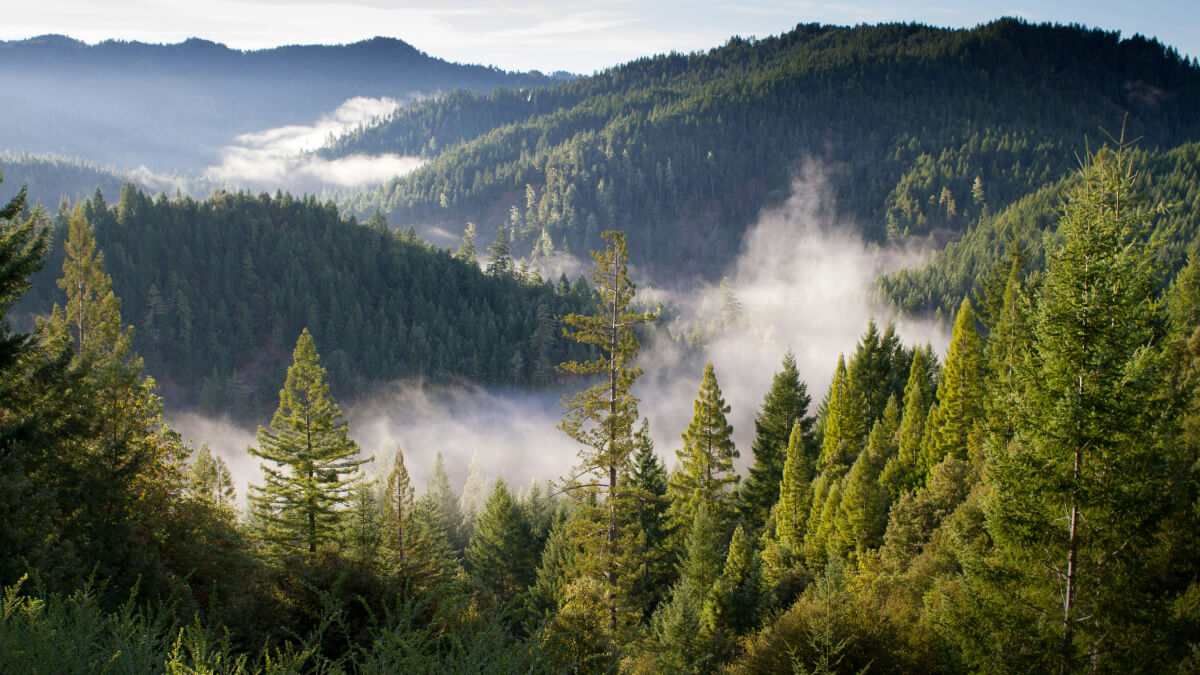
From the forest floor to the tops of the tallest trees, every layer of the forest plays a vital role in keeping this essential ecosystem thriving. Healthy forests are home to roughly 80% of all land-based animals, insects, and plants, and they absorb 7.6 billion metric tonnes of CO2 each year, helping to keep our air clean and breathable. At the heart of it all is the forest canopy: a dense, living rooftop that’s crucial for supporting biodiversity and regulating the global climate.
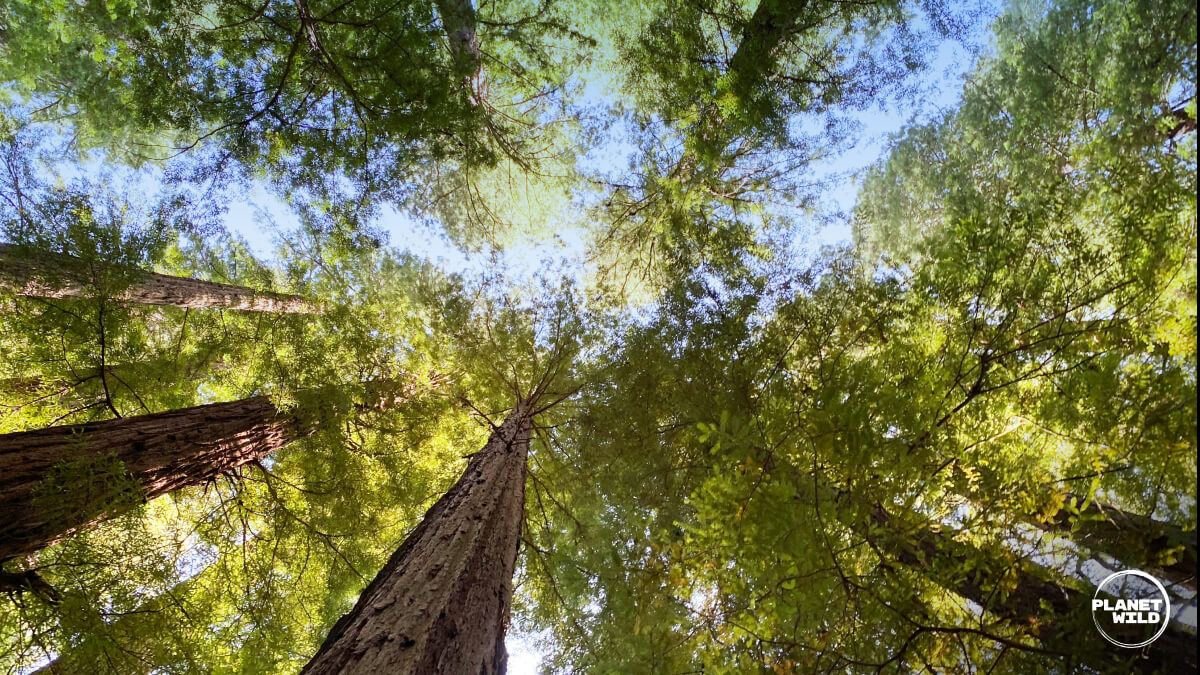
Sometimes called the "roof of the rainforest," the canopy is often overlooked, in part because it's difficult to study. But this upper layer of foliage is teeming with life, hosting a rich variety that few ever see. Yet despite its importance, much of this aerial realm remains unexplored. In this article, we’ll take a closer look at what makes the forest canopy so vital and why protecting it is essential for the health of our planet.
What makes a forest?
In ecology, forests are made up of four vertical layers; the emergent layer, the canopy, the understory and the forest floor. Each has their own unique environment, plant life, and animals.
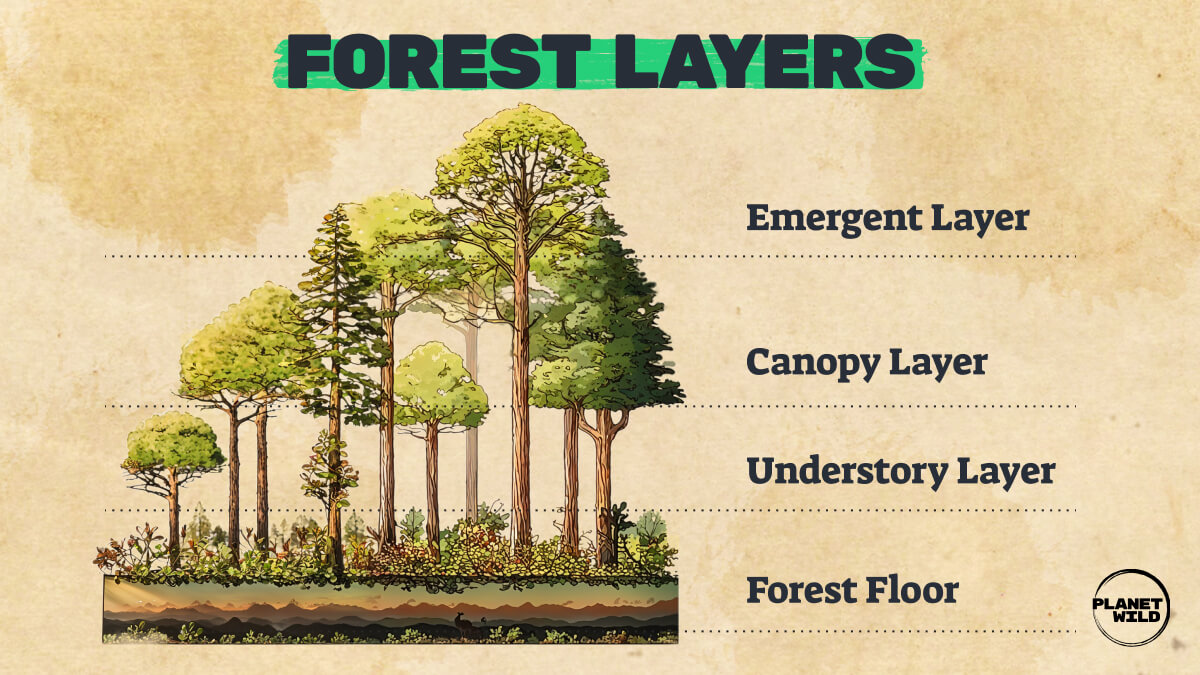
Emergent layer
The emergent layer refers to the very top of the forest, consisting of the tallest trees. These trees rise high above the others and access the most sunlight, but are also more vulnerable to the elements. Here, the trees have small, waxy leaves to retain moisture.
Canopy
The forest canopy sits just below the emergent layer, made up of a dense layer of interlocking tree branches and leaves, forming a “roof” over the rest of the forest. The canopy receives the most sunlight, creating a shaded, humid environment below. This layer is where most of the forest’s photosynthesis happens, and it’s home to most of the forest's wildlife.
Understory
As we travel down the layers of the forest, we reach the understory, the area below the canopy. Here, we find a darker and more humid layer. Leaves are often larger so they can capture as much light as possible that escapes through the canopy.
Forest floor
The forest floor lies at the very bottom of the forest, a rich and important ecosystem covered in decomposing leaves, plants, and animal matter. Here there is almost no sunlight, but that’s perfect for fungi and other decomposers. Their job is to break down organic matter into important nutrients which feed the rest of the forest.
Why is the forest canopy so important?
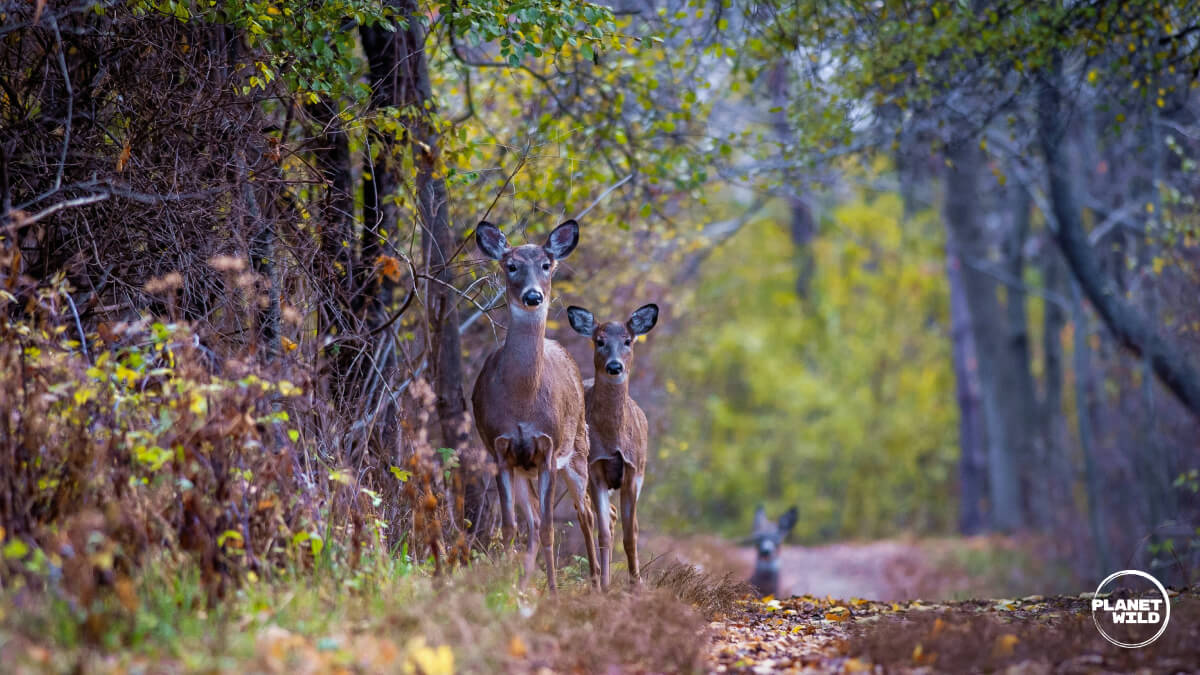
The canopy is incredibly important to the health of the forest, but despite this, it has been studied less than any other place, except for the deep ocean floor and outer space. This is mainly due to accessibility, but in the last 30 years our study of this aerial world has improved thanks to an improvement in tools and tech, so we now have a better understanding of the "eighth continent" found in the treetops.
Firstly, the forest canopy has access to the most sunlight. Through the ongoing process of photosynthesis, CO2 is drawn from the atmosphere into the plants, which slowly releases oxygen and contributes to the air we breathe. The canopy also acts like an umbrella, or roof, which protects the lower layers from storms and weather events. For example, the canopy catches rain, which slows its fall to the ground and keeps the soil from being washed away. It also filters sunlight, keeping the forest floor dark and humid. Lastly, the canopy is home to a wealth of biodiversity.
What kind of life lives in the canopy?
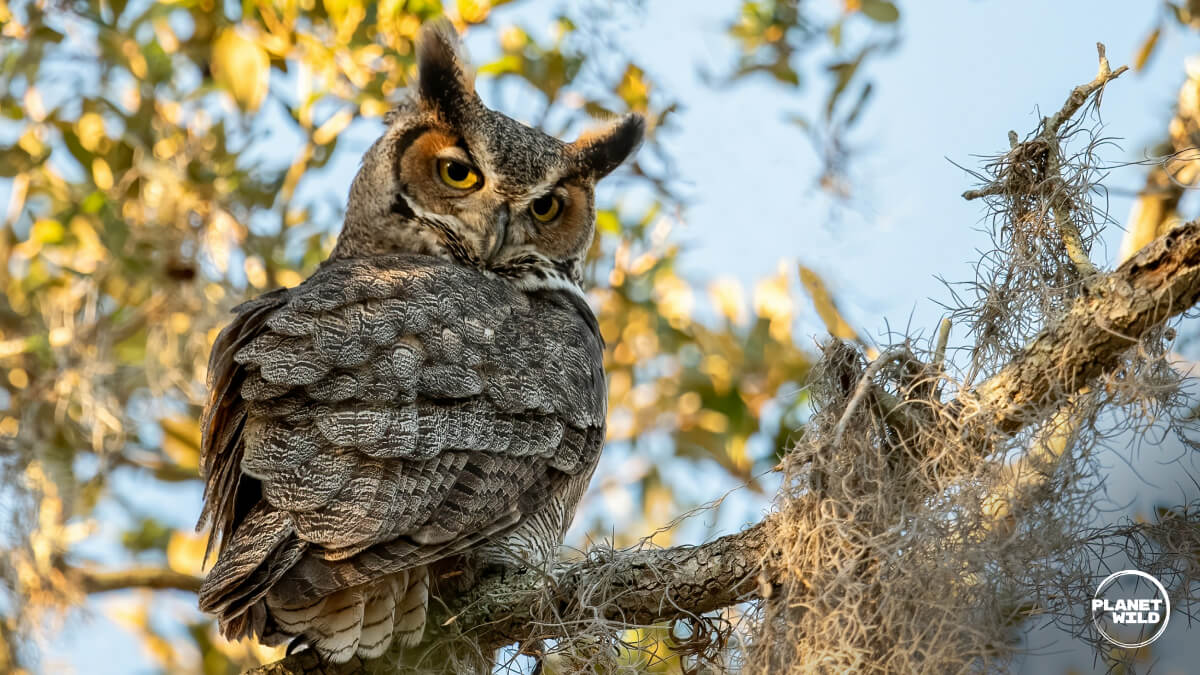
While the canopy plays an important role in regulating carbon levels and regulating the rest of the forest, the thing that makes it so spectacular is its diversity of wildlife. Scientists estimate that 60-90% of forest species live in the treetops. From countless insects to birds, mammals, and reptiles, the interconnecting mass of branches, leaves, and vines create a biodiverse world high above the earth’s surface. But why?
Safety and protection from predators
The canopy is so great for wildlife for the exact reason why it’s difficult to study — access. The forest canopy provides unparalleled safety for the creatures that have evolved to live there. While some large predators like leopards and jaguars can and do climb trees, they are no match for canopy-dwelling mammals like monkeys, sloths, and lemurs who can move easily through the treetops.
Abundant food
The canopy also provides an abundance of food. Its access to sunlight means this ecosystem is packed with leaves, fruit, flowers, nectar, and insects, providing a wide variety of food sources for a wide variety of species. This diversity means that lots of species can thrive.
Stable climate conditions
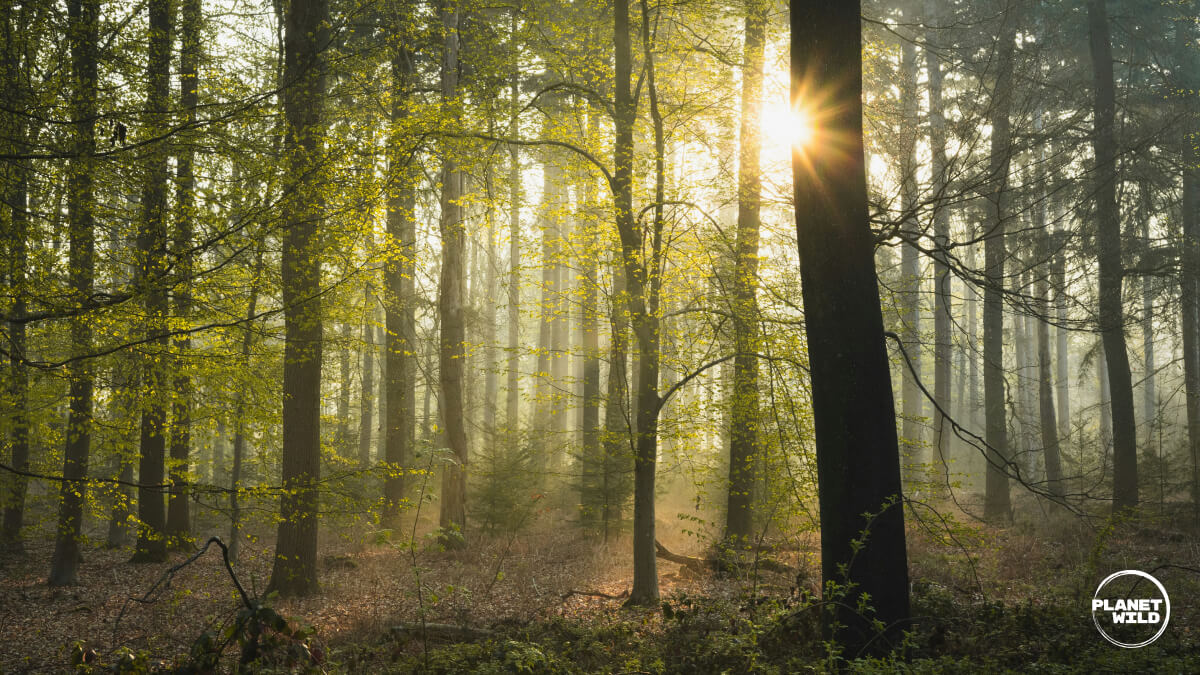
The forest canopy creates a calm, stable climate high above the ground, with cooler temperatures and constant humidity. This comfortable environment is perfect for many animals and plants to thrive. Unlike the forest floor, it’s sheltered from harsh weather and sudden temperature swings.
Plenty of shelter
The canopy is made up of tree branches, leaves, and cavities which provide natural homes for birds, mammals, insects, and reptiles. Many species nest, sleep, and raise their young in the safety of the canopy. One example of this is the epiphytes (air plants), a type of non-parasitic plant that grows high in the tropical rainforests of Central and South America. They collect rainwater in their leaf "tanks," forming tiny aquatic ecosystems. These are vital water sources for some frog species like the Golden rocket frog, who lay their eggs inside the water pools, which develop into tadpoles. Without this mutualistic relationship, the Golden rocket frog would be unable to survive.
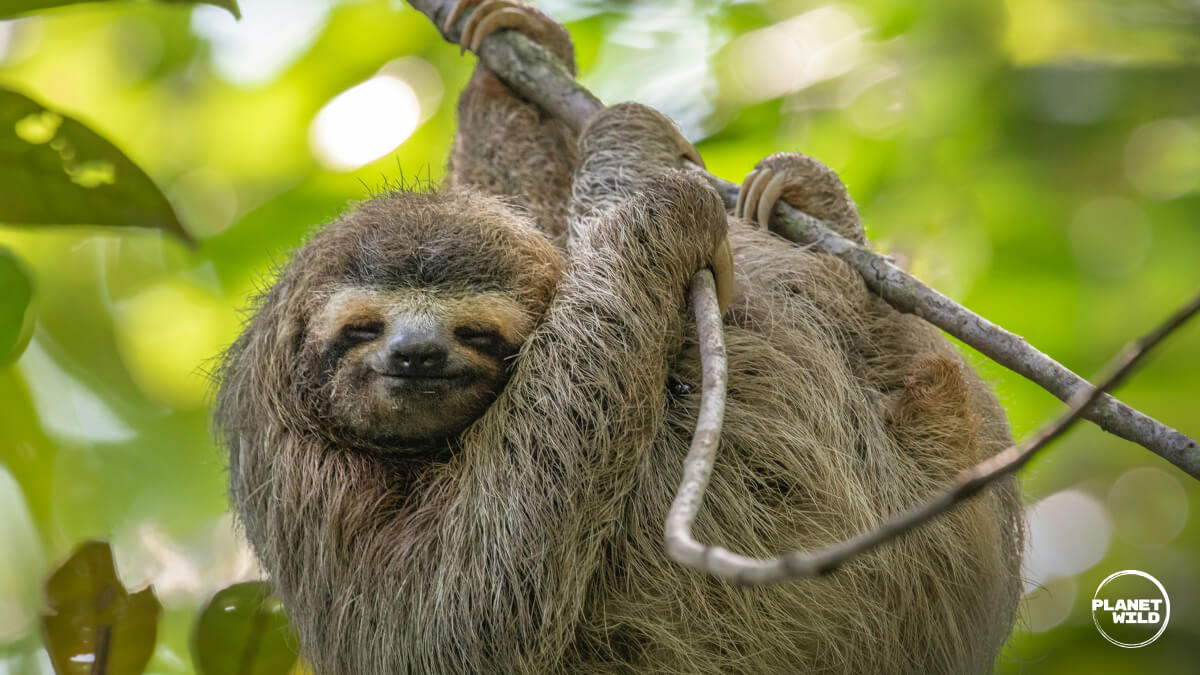
Why are canopies under threat?
The forest canopy is under serious threat, and as usual, human activity is the reason why. Deforestation for timber, farming, and urban sprawl tears away the leafy roof that so many species depend on.
When trees are cut down, the canopy is often forgotten, but its impact is far-reaching. Add to that climate change, invasive pests, and intense weather events further weaken the canopy’s structure, leaving what remains fragile and fragmented, leaving many species stranded. The 2019 Forest Specialist Index found that populations of vertebrates, which includes mammals, birds, reptiles and amphibians, declined by 53% on average since 1970, with tropical forests being among the most affected.
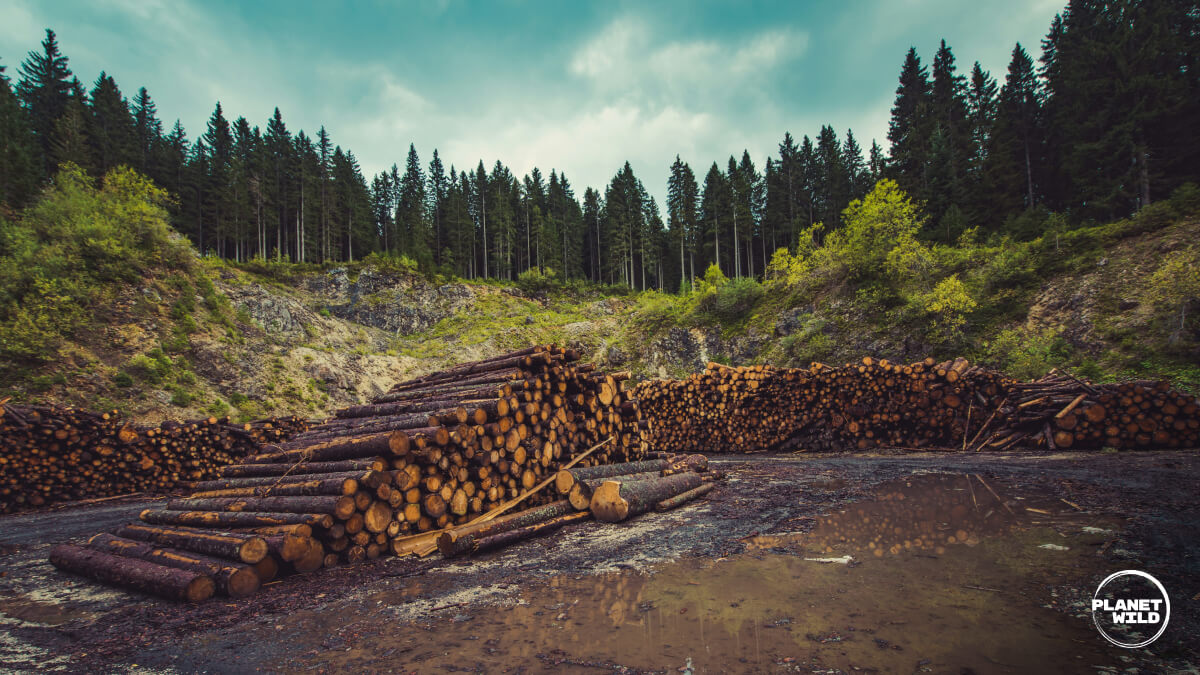
Why is this a problem?
Without the canopy, the forest floor changes a lot. Without the shady protection from above, the soil heats up, dries out faster, and becomes more exposed to sunlight, which stresses out plants, microbes, and life in the soil. Rainfall no longer has the canopy to intercept it, so it hits the ground harder, causing erosion and washing away the rich topsoil. Decomposition slows down, meaning that the soil can’t stay rich and fertile. Removal of the canopy, even a small part of it, has wide-reaching implications for the rest of the forest. What’s left is a landscape unable to rebuild.
How can we best protect the canopy?
It’s not rocket science — we can protect the canopy by protecting the forest. One of the best ways we can do this on an individual level is by finding out where our wood is coming from. Unfortunately, lots of well known brands don’t always ethically harvest their wood, so it’s hard to know if your purchase is inadvertently damaging the world’s canopy ecosystem. This is exactly what’s been happening in Romania, where the last of its old growth forests are under threat.
Activists who defend ancient forests often risk their lives, and threats, stalking, even violent attacks are common. Gabriel Paun, founder of Agent Green, has endured all this and more. Since 2009 his group has exposed illegal logging in the Carpathians, helping to save tens of thousands of hectares of Europe’s last old-growth forests. His work earned him the title of 2024 Champion of the Earth, the highest environmental honor given by the United Nations. We joined him in our latest mission.
The forest canopy is a powerful, living roof that does far more than shade the ground. It’s a habitat for a variety of species, wildlife that flies, hangs, and swings through the branches. Through processes like photosynthesis, the canopy absorbs and stores huge amounts of carbon, helping to slow climate change. Protecting and restoring the canopy isn’t optional—it’s fundamental to preserve forests, wildlife, and ultimately, our well‑being.